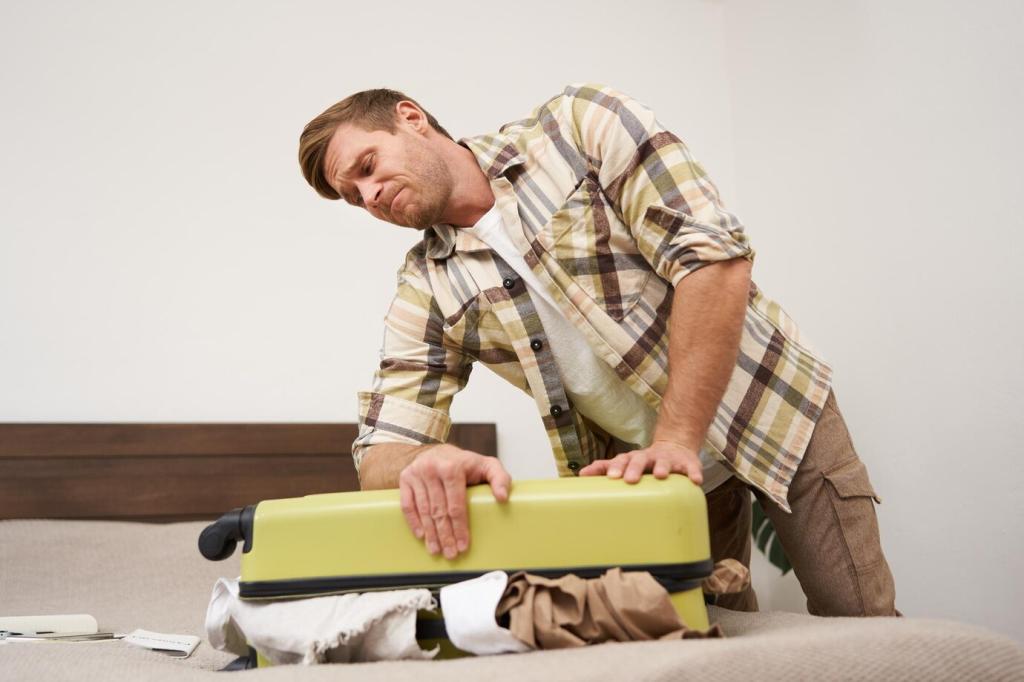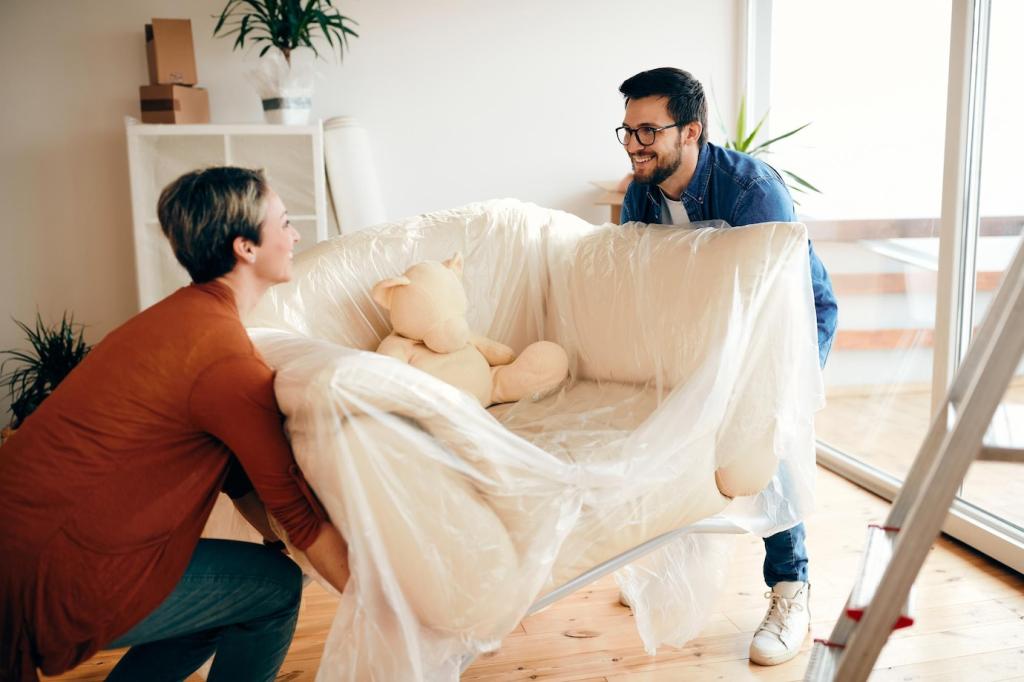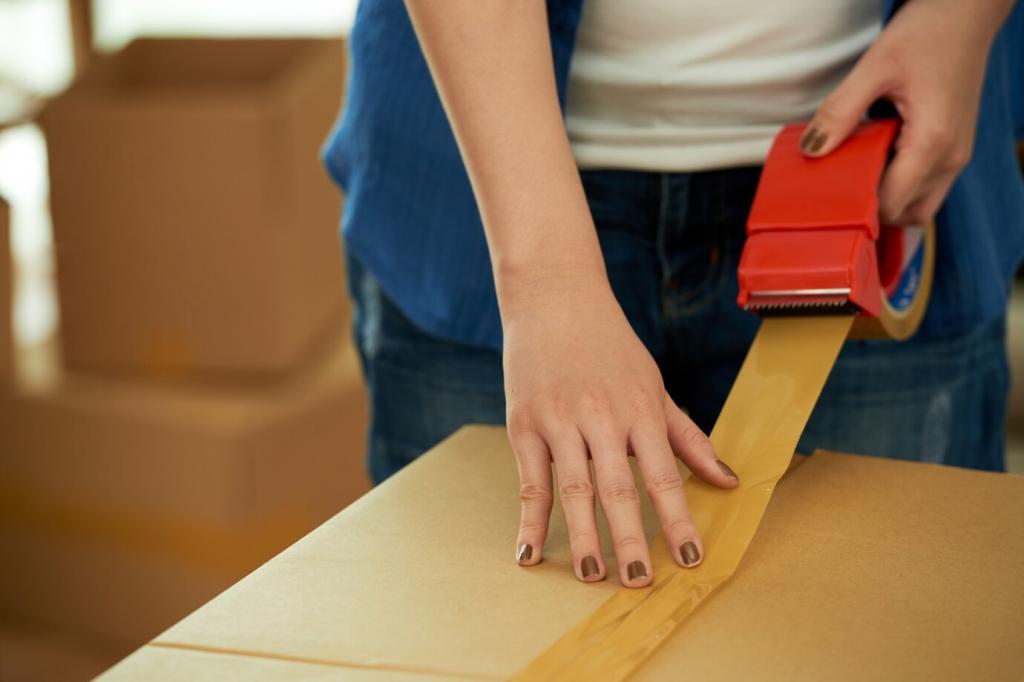Care, Confidence, and Charm: Antique Furniture Cleaning Tips
Chosen theme: Antique Furniture Cleaning Tips. Step into a world where gentle cleaning preserves history, patina tells stories, and every careful wipe safeguards a legacy. Subscribe for thoughtful techniques, real-life anecdotes, and expert-backed care you can apply today.
Know Your Finish Before You Clean
Simple Finish Identification
Test discreetly: alcohol softens shellac, lacquer thinner affects lacquer, while varnish resists most mild solvents. Do tiny, hidden swabs only, then neutralize immediately. When in doubt, stop and ask an expert. Share your photos with us for gentle, guided identification.
Why Patina Matters
Collectors adore patina because it chronicles touch, time, and sunlight. Aggressive cleaning strips that story away. Choose mild methods that lift grime without erasing age. Comment with a favorite heirloom detail you want to protect, and we’ll suggest the least intrusive approach.
pH-Neutral First
A pH-neutral soap solution, lightly damp on a microfiber cloth, often resolves sticky films without risking a cloudy bloom. Work slowly, follow wood grain, and dry promptly. Subscribe for our printable dilution chart designed specifically for antique furniture cleaning.
Gentle Daily Care That Prevents Big Problems
Use a clean microfiber cloth, barely misted, to trap dust rather than scatter it. Feather dusters can scratch if grit is present. Turn cloths frequently, and never press hard. Tell us your most dust-prone piece, and we’ll tailor a weekly routine.


White Water Rings
For fresh, cloudy rings trapped in the finish, try a tiny dab of petroleum jelly or mayonnaise overnight, then buff. Always test first. If the ring persists, stop. Heat-and-moisture marks can be delicate; message us for guidance before escalating methods.
Heat Blush and Dull Patches
On older varnish, a trace of rottenstone mixed with mineral oil, applied gently, sometimes lifts blush. Use feather-light pressure, protect edges, and clean residue carefully. Never attempt abrasives on shellac or French polish without advice—ask in the comments for alternatives.
Dark Iron-Tannin Stains
Black stains in oak or walnut may respond to carefully prepared oxalic acid. Observe strict safety, neutralize thoroughly, and avoid surrounding areas. This is a last-resort technique; we recommend consulting a conservator. Share your stain photos for safer, customized steps.
Waxing and Conditioning Without Silicones
01
Choose the Right Wax
Beeswax adds warmth, carnauba adds durability. Select a reputable paste wax with minimal solvents and no silicone. Apply a whisper-thin coat with a soft pad. Tell us your climate, and we’ll suggest an ideal re-waxing interval that won’t smother the finish.
02
Less Is More
Apply sparingly, let haze, then buff to a soft glow. Heavy wax layers trap dust and dull details. Corners, carvings, and marquetry deserve special care with a small brush. Comment if your carvings clog; we can recommend gentle, non-scratching tools.
03
Curing and Maintenance
Let wax cure fully before placing objects back. Use felt pads to prevent impressions. Maintain with light dusting rather than frequent rewaxing. Subscribe for our seasonal checklist that pairs waxing schedules with humidity checks tailored to antique furniture preservation.
Respecting Veneer, Inlay, and Hardware
Avoid moisture on loose veneer. Clean around problem spots with barely damp swabs. If you see movement, stop and mark the area. Share a close-up photo; we can help you decide if stabilized cleaning or professional re-adhesion is the wiser next step.
Respecting Veneer, Inlay, and Hardware
Polish brass or bronze off the piece if possible, masking adjacent wood to prevent residue. Use mild metal polish sparingly, avoiding bright, over-polished results that look anachronistic. Ask us how to retain a dignified glow that complements aged wood tones.


Climate Control and Thoughtful Placement
Humidity and Temperature
Aim for 40–55% relative humidity with gradual seasonal shifts. Invest in a hygrometer and avoid vents, radiators, and direct sunlight. Share your readings monthly; we’ll help tune your routine and cleaning frequency to match your home’s unique conditions.


Sunlight and UV
UV fades finishes and dries wood. Use window film, lined curtains, or rotate displays. Clean gently after rearranging to remove settled dust lines. Post your layout challenges, and we’ll suggest placements that balance beauty, use, and long-term preservation.
Stories From the Workshop: Lessons in Gentle Cleaning
The Walnut Sideboard Rescue
A reader panicked after a party water ring. Patient overnight petroleum jelly, careful buffing, and a feather-light wax restored the glow. The key was restraint. Share your emergency moments, and we’ll coach you through a calm, conservative response.
Brass Pulls, Not Bright Mistakes
An over-polished handle made a Victorian chest look oddly modern. We reversed course with a gentler polish and protective wax, preserving the timeworn look. Show us your hardware patina, and we’ll target a finish that feels honest to the piece.
When Waiting Wins
A lifted veneer tempted quick glue. Waiting for a conservator prevented stain bleed and misalignment. Meanwhile, the owner dusted carefully and avoided moisture. Tell us your repair dilemmas; we’ll advise what to clean safely and what to leave untouched.
Knowing When to Call a Conservator
Flaking finishes, active woodworm, lifting veneers, deep black stains, and persistent odors require professional attention. Cleaning around them can worsen damage. Comment with symptoms you see, and we’ll help you document issues for a conservator’s assessment.
Knowing When to Call a Conservator
Photograph before every cleaning step and keep a log of products, dilutions, and dates. Good records preserve provenance and guide future caretakers. Subscribe to download our conservation log template created for antique furniture cleaning and care.


Join our mailing list
